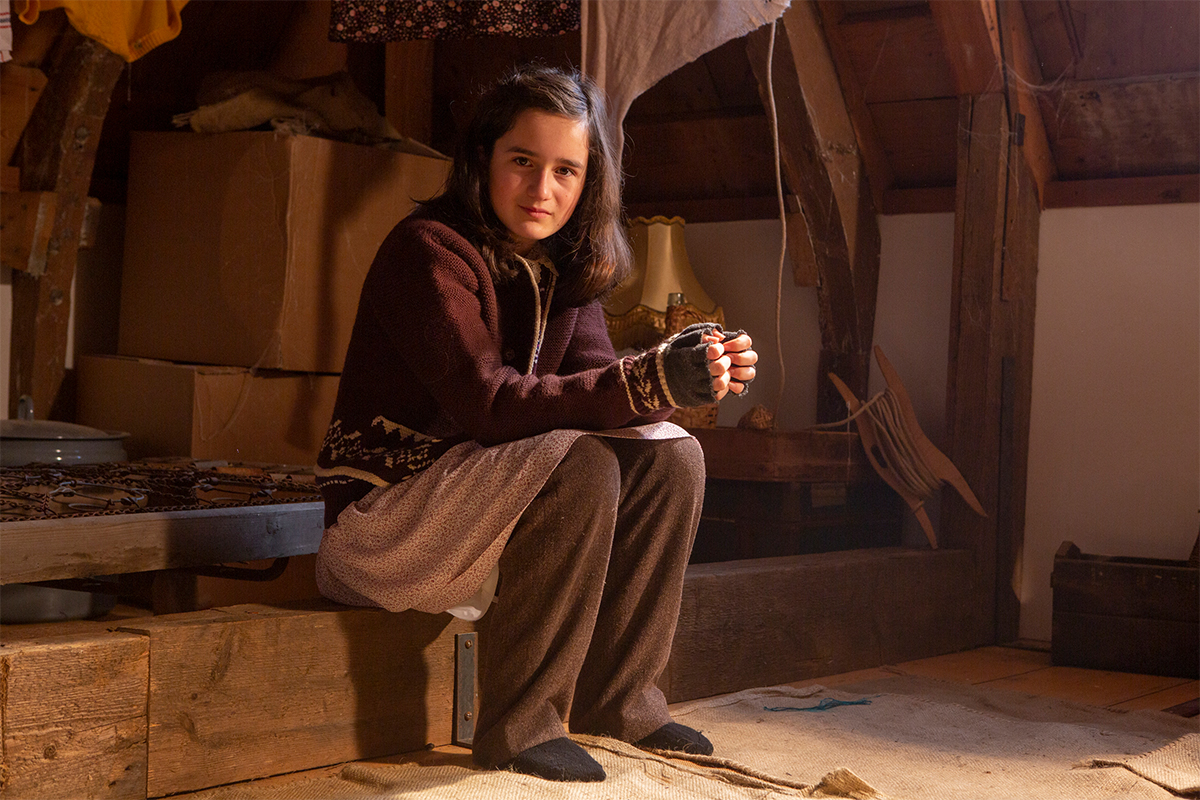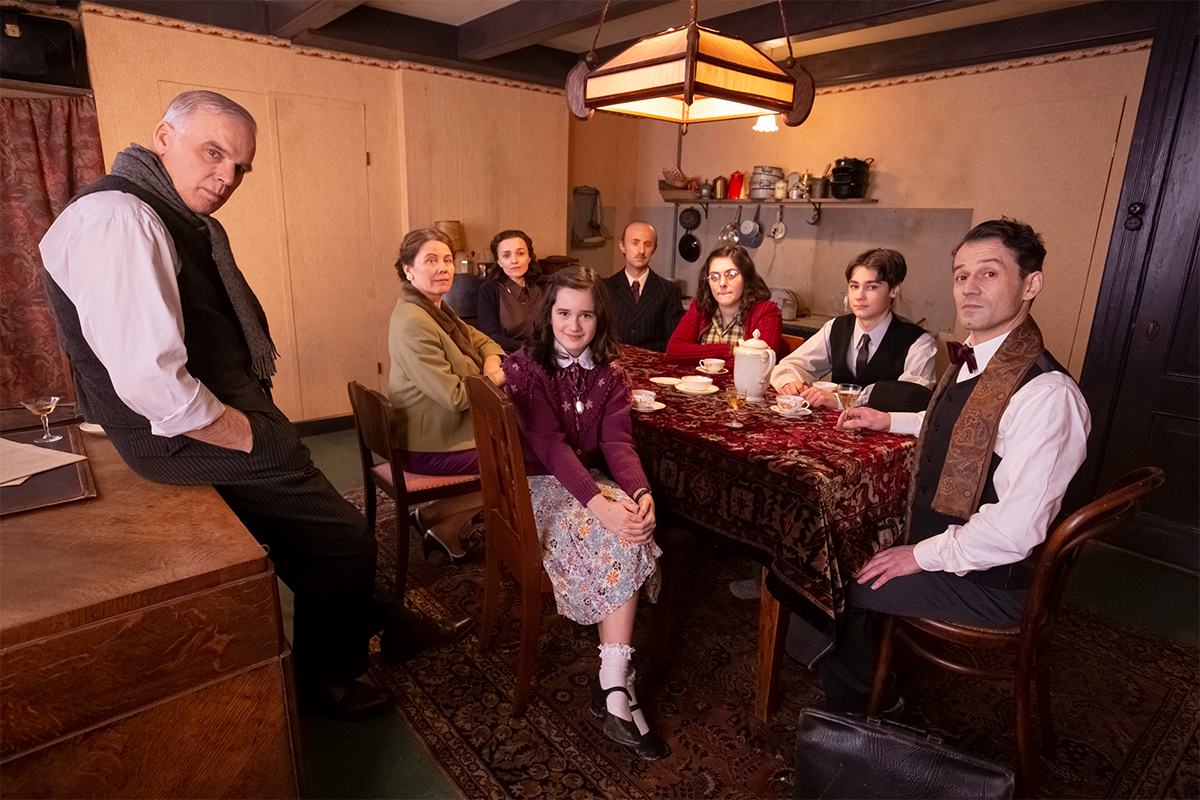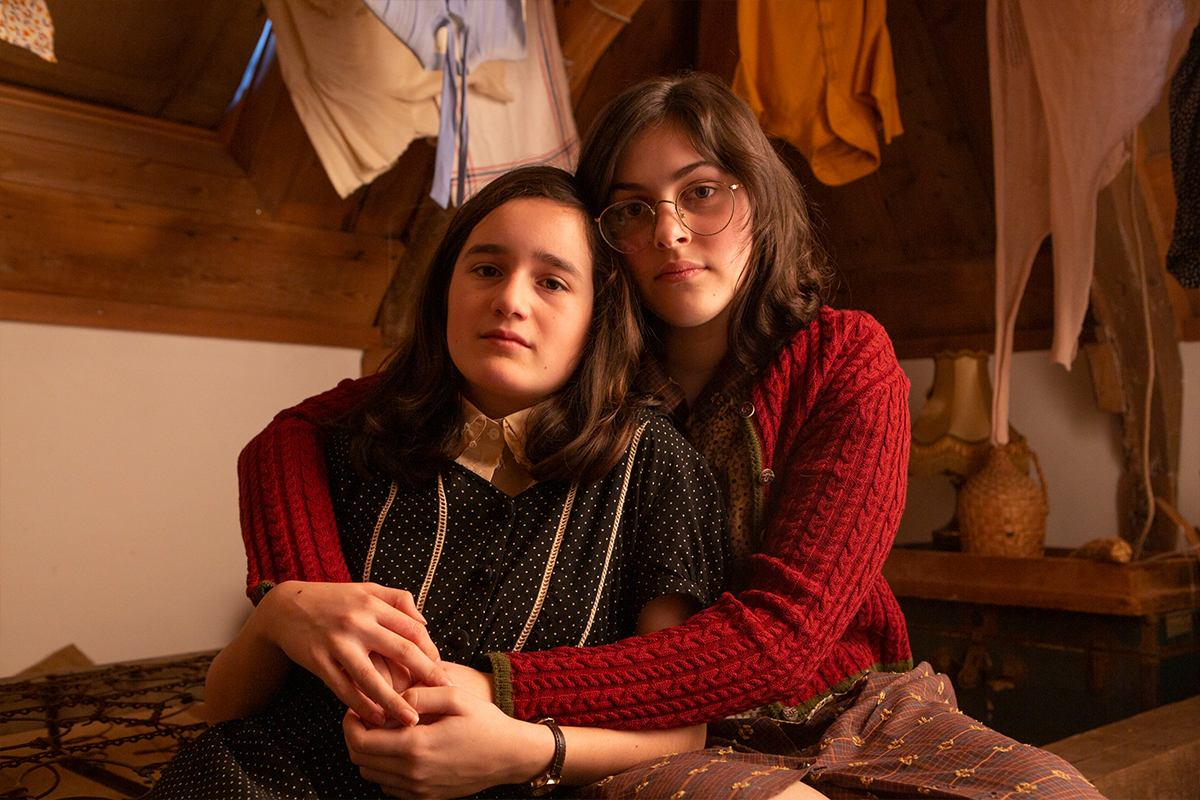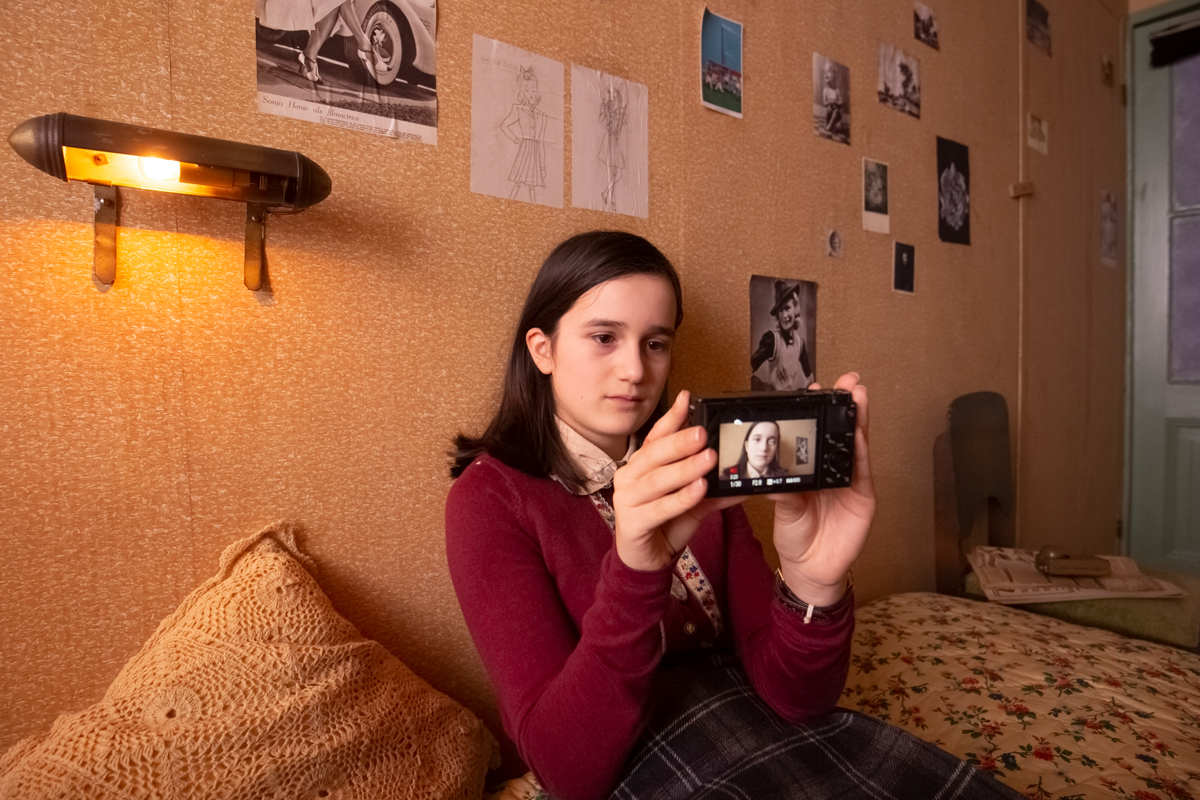The video on my screen starts off sweetly. A mother and father have gotten their daughter a new video camera as a present so she can record her thoughts and feelings. It seems cute until I glance down at the title of the video series: Anne Frank video diary. I feel my stomach churn.
Made by the Anne Frank House in Amsterdam, the series explores the concept of Anne Frank having a camera instead of a diary in 13 short episodes, essentially asking the question: What if Anne Frank was a vlogger? The videos, which are available for viewing in over 60 countries but not the U.S. for copyright reasons, are no longer than five or six minutes each — likely in order to keep people’s attention. According to the organization, the videos are meant for kids to learn about Anne Frank from a perspective they understand and resonate with in 2020, and for people to consider Anne’s story in a new light, adjusted for modern times. In this sense, they succeed.
But in the sense that they completely erase the dire circumstances that Anne Frank was facing and all of the context surrounding her in the 1940s as the Holocaust raged on and the Nazis ruined the lives of Jews and those who dared to be their allies, the videos fail. You cannot further humanize someone whose story you are manipulating; you can only erase their humanity.
The first episode shows Anne spending time with her best friend Jaqueline, laughing, going outside on walks, all while they bear the yellow Star of David that Nazis made Jews wear during their reign. Then, after the first minute of the pilot episode, things turn dark. We’re shown signs in the town that say “Jews not welcome” and the music becomes ominous, the sunshine fading. Anne cries, sitting behind her mother on a bicycle as they ride through the town, where we see Nazis harassing people on the nearly-empty street. “Anne, put the camera away,” her mother demands.
From there, Anne begins using the camera to document what’s happening as the Nazis gain power, speaking to it, or to us, and making vlogs in what is supposed to be an homage to how she wrote in her diary — only visual. “It’s nice to have someone I can talk to about this,” Anne says as she explains that she and her family are going into hiding and the first episode comes to a close. From the beginning, this struck me as a gross mistelling of Anne’s story.

In addition to the fact that Anne didn’t originally write in her diary as something for others to consume, no matter how much she might have wished for or tried to create companionship with her friends and family she hid in the attic with, she literally didn’t think anyone would be “interested in the musings of a thirteen-year old school girl.” Still, she wrote in her diary for herself, stating, “Oh well, it doesn’t matter. I feel like writing.”
As the first episode ends, we see Anne hurriedly put her clothes on and turn off the lights at home, prepared to go into hiding with her family. She says goodbye to her cat and the family flees, walking an hour to escape to the location they’ll be laying low in. The story jumps, then, and the subsequent videos in the series take us into Anne and her family’s lives two years on, in 1944, right before they were arrested and taken to the camps.

The videos are absolutely haunting, and I only felt more sick the more I watched the series — but not for the reasons you might think.
As a Jewish kid in the early aughts, I took to Anne Frank’s story immediately. I remember being a small child reading her words again and again from the book I’d checked out of my school library, hiding under my covers and reading with a flashlight to better feel tightly enclosed the way that Anne did. Her story resonated with me not because I was a Jew or because I could put myself in her shoes but because it was clear to me, even as a 7-year-old, that no human being should be put through what she was put through. The thought never crossed my mind that I couldn’t empathize with her or didn’t understand her story because it took place in a different time or under different circumstances.
I didn’t need anyone to show me a hip movie about Anne Frank playing Nintendo or Tamagotchi while hiding in the attic to resonate with what she was experiencing — and when we minimize and flatten experiences like Anne’s into a digestible video series like this one, we do young people learning about tragedies like the Holocaust a great disservice. By creating a video series like this one instead of simply allowing young kids to read Anne’s actual words and understand her story and the stories of millions of Jews, we make the assumption that they’re not smart or empathetic enough on their own to understand the terrors that Anne lived through — that they can’t understand Anne’s life simply by reading about it on the page.
Today, I’m a social media manager and journalist, but I am first and foremost a Jew. I have family that survived the Holocaust, family members who reported on it — family members who experienced and saw those camps and the horrors they brought with their own eyes. It might seem contrary that I wouldn’t want new content about Anne Frank or Jews who survived the Holocaust produced and shared as a Jewish journalist, but it isn’t. I spend the majority of my time online talking with people, studying them, and observing and writing about cultural phenomenons to digest them and regurgitate them in a more accessible way. For all intents and purposes, I’m fascinated by and believe in finding new ways to tell important stories so as to successfully engage people in meaningful conversations. But as someone who has both studied the Holocaust academically and professionally, and a Jew with ancestors who survived what other Jewish people did not, I cannot condone or support a video series like this one that tries much too hard to make Anne Frank relatable.
With the revisionist history of the Anne Frank video diary episodes, young people are supposed to learn more or perhaps empathize with Anne more because they can physically be in her shoes — as is the point of vlogs. However, I’d posit that the main point of The Diary of Anne Frank, and her life story as well as the story of her death, is that Anne suffered with her family and she grieved alone inside of herself, with nothing more than a diary to keep her company. She did not and would not have, as the videos try to take us through, use what she was experiencing to share with others as hashtag content. Her diary was never meant for anyone else, and one of the reasons she’s able to be so personal in her words and descriptions of what she experienced is because it was private. Just as there are things you and I share on Instagram and things we share only in our own journals or group chats, not everything is for consumption.

According to the Anne Frank House, the series is meant for young people to use alongside workbooks, where they can answer questions about Anne’s story and better understand history. The organization claims that “the strength of the diary is that Anne speaks to you directly and gives you a personal and poignant glimpse into her life. You can’t get any closer to Anne,” and argues that fewer young people read today and won’t be touched by Anne’s story unless it’s brought into modern terms. But here’s another important piece of context: Nazis still exist. While we might not be living through the Holocaust for kids to relate to what Anne experienced, there are still people today being plagued by Nazi violence.
Although the Anne Frank House’s argument that not everyone likes reading is true, and some people might better digest Anne’s story by being able to watch 78 minutes of YouTube videos instead, making the story of the suffering of millions of Jews more “appealing” to people, as they say on their site, is inherently a gross statement. While Anne did request that her story be shared after the war eventually, it wasn’t to appeal to people. It was simply to show them what she and her family experienced.
I suppose that’s what lies at the heart of my opposition and great disturbance with the video series. Anne Frank’s story is a story about a girl’s life — a whole community of people’s lives — interrupted. It was not easy. It was not digestible. It was not survivable and fun to write about or record.
She didn’t write or live for an audience. She and her family struggled to survive, alone and terrified. She didn’t have anyone on the outside to share that experience with, but she wrote about it for herself, because it comforted her. To rewrite that context is to do both audiences and Anne a great injustice. Her story remains a lesson, to this day, whether people choose to read it or not, that Anne deserved the same rights as anyone else — not because she was relatable or a perfect narrator, or because she told her story for someone else, because she did not — but simply because she was human.
Header Image: Anne Frank video diary, Luna (Anne) with camera, image by Ray van der Bas/ Anne Frank House.



